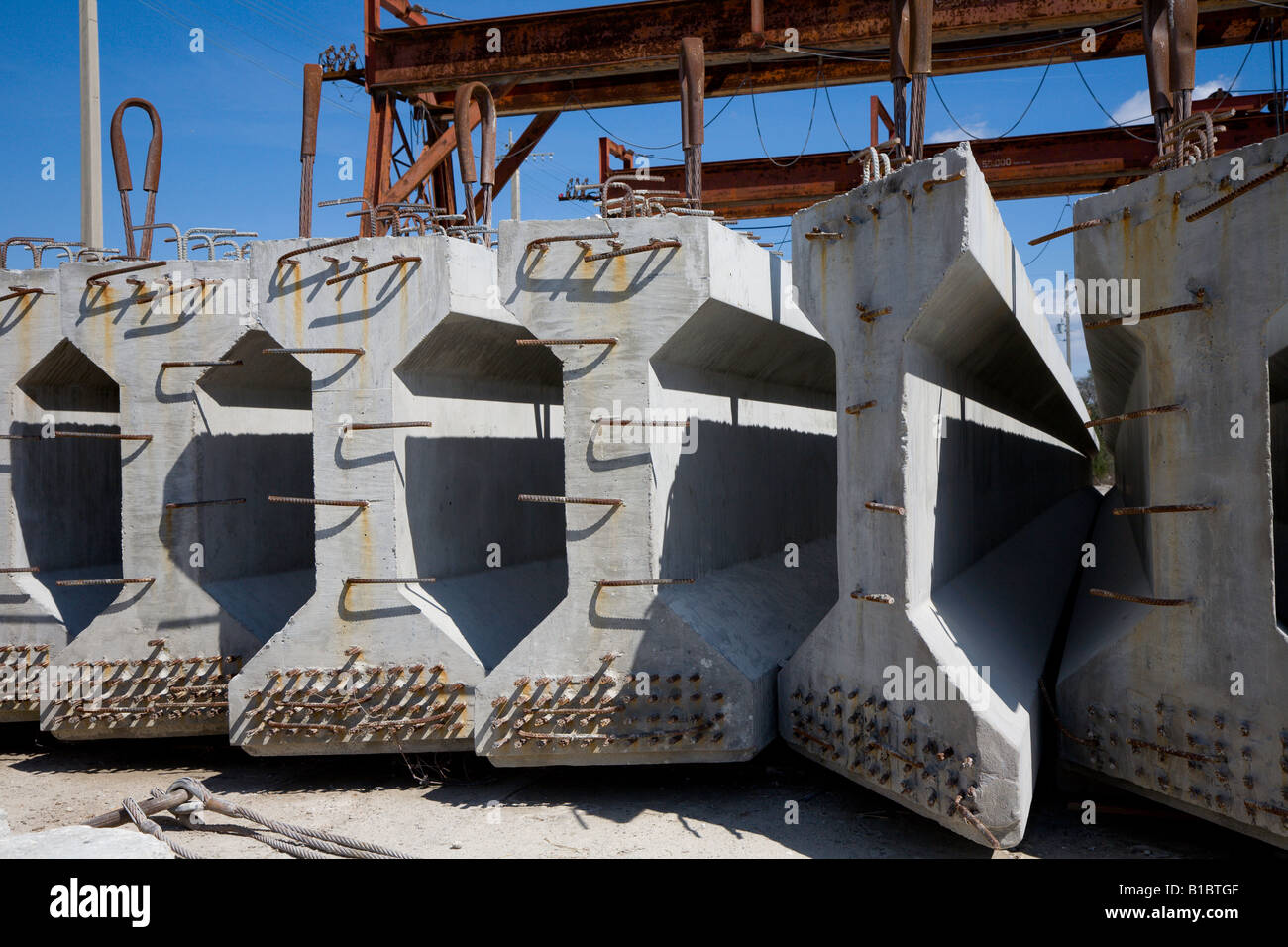
Critical paths are defined as the path of longest connected activities. Critical pathways are useful tools for project managers in helping to define their projects. To determine if a critical path exists for a particular project, first determine its criticality. Then, identify the critical pathway. Next, identify its length, end and start points, as well as network sensitivity.
Triangular distribution
A critical path diagram shows the activities of a project. Traditional critical path diagrams could only be drawn by hand. But today software is available to make them. In order to create a critical path diagram, you must estimate the time it will take to complete each activity. You may need to estimate the time in days, or in weeks. The 3-point estimation method can be used to get an exact time frame.
The PERT method leverages the three-point estimation technique. It can be used at any level of planning. PERT methods implicitly weigh the most likely estimate. These methods also provide probabilities for expected ranges.
Early start
The critical path method can be used to estimate the project's duration. It uses forward pass and reverse pass analysis to determine the theoretical start and finish dates for project activities. These results do not always match the actual schedule of the project, but they do indicate the time intervals that certain activities must be scheduled.

Critical pathways project management sets start and end dates based on completion of previous activities. The previous activity must be completed before the new task can start. It is important that the prior activity be completed before the start date of the new task. This will ensure that it is completed on schedule. The result is a project schedule with more flexibility.
Early end
A project can be managed effectively by using the critical pathway method. This allows you and your team to control the time and budget of a project. This is done by estimating the time required to complete each task in a project. For a smaller project, the estimated time can be in days or weeks. Using the 3-point estimation method will help you determine an accurate timeframe for your project.
The critical path is a set of activities that must all be completed in the same order. Each activity on the critical path has a deadline. If any of the activities take longer than planned, the timeline will be adjusted.
Network sensitivity
Planning a project starts with identifying the most important activities. This includes activities that must be completed in the shortest amount of time. The Forward Pass/Back Pass technique identifies these activities and their estimated start and finish times. This technique can be useful in project management, as it helps prioritize activities based upon their importance. Critical path can be used to ensure projects are on schedule and help project managers plan their timelines. It can be used to determine the most efficient route to completion.
A critical path diagram is used to identify the critical activities. They may not be overlapped. These critical activities are represented in the diagram by circles. The circle includes the name and estimated duration of each activity as well as the dependent activities. The arrows connect each circle in the critical pathway, showing their dependencies. The PERT formula calculates each critical activity's mean and standard deviation (SD), as well as the duration of the Critical Path. This combination gives rise to the Optimistic Critical Path.

Resource leveling
Resource leveling can help in project management. Project managers will need to identify and complete "critical" tasks in order to ensure the project's success. This is a method that helps keep a project on track, even if it is behind schedule. It works by clearly defining what "critical" tasks are and then using a sequenced workflow to complete them. This type of project management can help with resource leveling because it forces the team to focus on only the critical activities and leaves out extraneous activities.
Resource leveling involves using an algorithmic scheduling program to determine the amount of resources needed to complete different activities. To determine how many resources each activity requires, the program analyses the calendar. The program then ranks activities according to the leveling prioritization index. The lowest priority activity will get a lower priority while the rest will get a higher priority.
FAQ
Where can I find out more about building permits
Talk to your local government (for example, NSW Local Government Association), and your local realty agent. They will be able to tell you what steps you should take to obtain building permits.
What documents do I need to show when applying for building permission?
Additional to your SCA, you will need proof that:
-
There are plenty of parking spaces available.
-
These routes can be used for access;
-
All utilities are readily available.
-
All works must be in compliance with all applicable planning regulations.
How do I obtain a service agreement?
You can request a standard SCA form from your local government. You could also use our online quotation generator to learn more about your requirements, and then send us details so that we can get in touch with you for further information.
Statistics
- Reasonable late fees go up to 25% per year on unpaid sums. (lawdepot.com)
- (1) Ascertain the extent to that offers are based on the payment of overtime and shift premiums; and (2) Negotiate contract prices or estimated costs without these premiums or obtain the requirement from other sources. (acquisition.gov)
- (d) Contractor disputes related to compliance with its obligation shall be handled according to the rules, regulations, and relevant orders of the Secretary of Labor (see 41 CFR60-1.1). (acquisition.gov)
- (3) The contracting officer may provide for a contract price adjustment based solely on a percentage rate determined by the contracting officer using a published economic indicator incorporated into the solicitation and resulting contract. (acquisition.gov)
- Depending on the client's trustworthiness and financial stability, a deposit is usually 10 to 50% of the total contract amount. (lawdepot.com)
External Links
How To
How to write a service agreement that is good
When writing a good service agreement, remember that you are trying to satisfy two requirements.
First, meet the customer's needs.
You must also comply with the legal requirements of your seller.
This is why you should ensure that your service agreement covers the following.
-
Identify the parties.
-
Define the subject matter.
-
Indicate the length of the agreement.
-
Determine whether or not you offer warranties.
-
Describe the obligations and liabilities of both parties.
-
Establish the mode of payment.
-
Clarify how disputes will be settled.
-
Details about any special instructions and limitations.
-
Make sure that both parties sign it.
-
Include a clause stating that the agreement has been read and understood before signing.
-
A copy of the agreement should be kept with you.
-
After you have created your service contract, you should carefully read it before you send it off to the buyer.
-
You can contact your supplier right away if you discover any issues with the agreement.
-
Send the corrected version to us.
-
Don't sign the agreement until the buyer has confirmed that they have accepted all changes.
-
Keep a duplicate of the original agreement, as well the finalized one.
-
You should be aware that not all service providers are legally responsible to ensure that customers receive high-quality services in certain countries.
-
Keep a record of all correspondence between the customer and you in case of dispute.
-
Always seek professional advice when drafting service agreements.
-
Remember that the buyer may ask for a change to the contract terms after agreeing to them.
-
When you agree to a change request, always check if it is acceptable to you first.
-
Never accept a change request without first checking.
-
Tell the customer why you don't want to accept the change.
-
If you are still not in agreement, then tell them that the change is unacceptable.
-
If the customer is unable to accept your decision you will not be able to proceed with the contract.
-
If your customer accepts, then you can move forward with the contract.
-
You must agree to change the terms of your contract if you have already agreed to it.
-
Before you send out your completed contract, be sure to check it thoroughly.
-
It is also important to ensure compliance with the law.
-
Send it to the buyer once you have signed the contract.
-
For future reference, make sure to keep a duplicate of the contract.
-
You could lose money if you fail to comply with any of these simple rules.
-
It takes little time to create a service agreement.
-
The more detailed, the better.